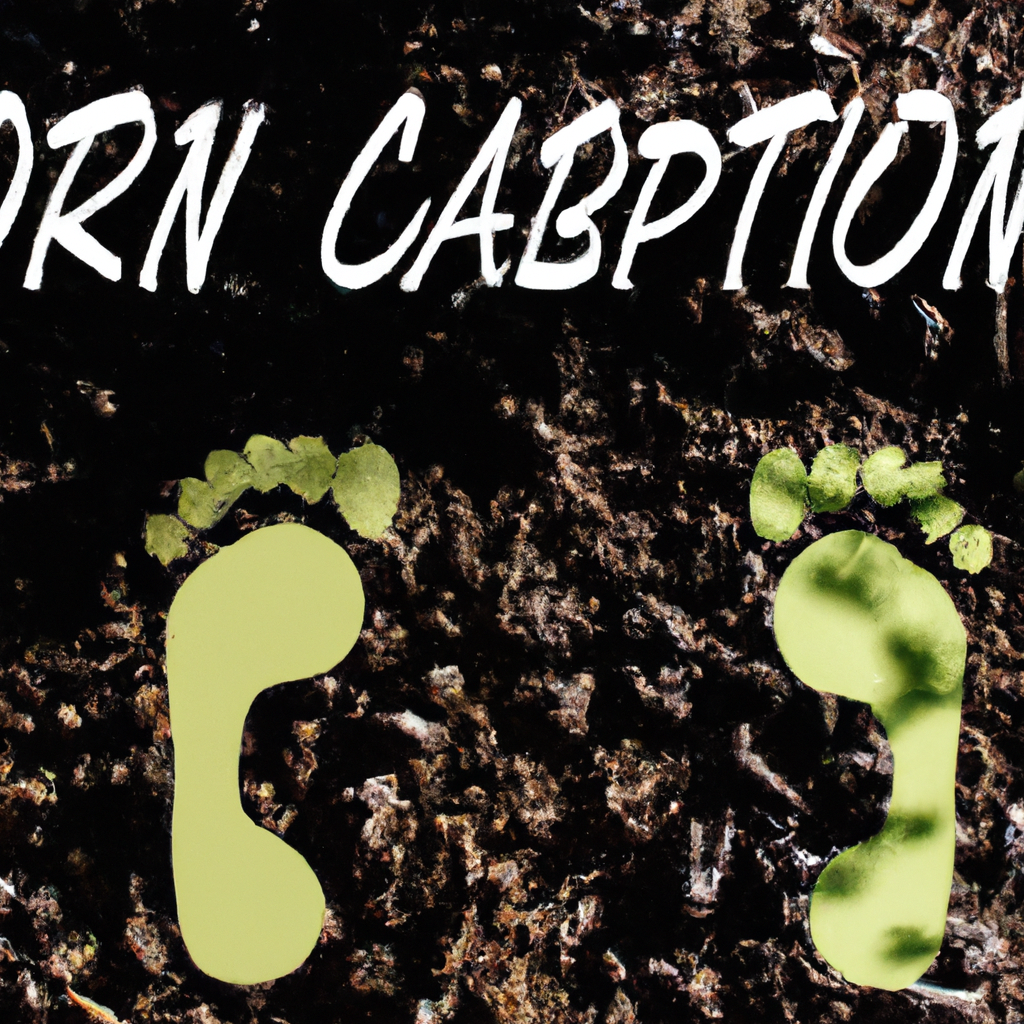
-
Article Summary
- Reducing Your Winery’s Carbon Footprint: 3 Effective Strategies
- Key Takeaways
- Introduction: The Need for Sustainable Winemaking
- Strategy 1: Energy Efficiency
- Strategy 2: Renewable Energy
- Strategy 3: Carbon Offsetting
- FAQ Section
- Why is it important for wineries to reduce their carbon footprint?
- How can wineries improve their energy efficiency?
- What types of renewable energy can wineries use?
- What is carbon offsetting and how can wineries implement it?
- Are there any examples of wineries that have successfully reduced their carbon footprint?
- Conclusion: The Path to Sustainable Winemaking
- Revisiting the Key Takeaways
Reducing Your Winery’s Carbon Footprint: 3 Effective Strategies

[youtubomatic_search]
Key Takeaways
- Reducing a winery’s carbon footprint is not only beneficial for the environment but also for the business itself.
- Implementing sustainable practices in viticulture and winemaking can significantly reduce greenhouse gas emissions.
- Energy efficiency, renewable energy, and carbon offsetting are three effective strategies to reduce a winery’s carbon footprint.
- Several wineries worldwide have successfully implemented these strategies, setting an example for others in the industry.
- Adopting these strategies requires a commitment to sustainability and a willingness to invest in long-term benefits.
Introduction: The Need for Sustainable Winemaking
Climate change poses a significant threat to the global wine industry. Rising temperatures, changing rainfall patterns, and increased frequency of extreme weather events can severely impact grape cultivation and wine production. As a result, many wineries are now recognizing the need to reduce their carbon footprint and contribute to the fight against climate change. This article explores three effective strategies for achieving this goal: energy efficiency, renewable energy, and carbon offsetting.
Strategy 1: Energy Efficiency
Energy efficiency is a key strategy for reducing a winery’s carbon footprint. This involves optimizing energy use in all aspects of the winery’s operations, from viticulture and winemaking to packaging and distribution. For example, Jackson Family Wines in California has reduced its energy use by 50% through various efficiency measures, including installing LED lighting, upgrading HVAC systems, and using energy-efficient equipment in its winemaking process (source).
Strategy 2: Renewable Energy
Switching to renewable energy sources is another effective way to reduce a winery’s carbon footprint. This can involve installing solar panels, wind turbines, or biomass energy systems. For instance, Yealands Estate in New Zealand generates 75% of its electricity from solar and wind power, significantly reducing its greenhouse gas emissions (source).
Strategy 3: Carbon Offsetting
Carbon offsetting involves investing in projects that reduce, avoid, or remove greenhouse gas emissions to compensate for the emissions a winery produces. This can include reforestation projects, methane capture projects, or renewable energy projects. For example, Torres Winery in Spain has offset 100% of its carbon emissions through various offsetting projects, including reforestation in Chile and renewable energy projects in China (source).
FAQ Section
Why is it important for wineries to reduce their carbon footprint?
Reducing their carbon footprint is crucial for wineries to mitigate their impact on climate change, which poses a significant threat to the global wine industry. It also helps wineries improve their sustainability, enhance their reputation, and potentially save costs in the long run.
How can wineries improve their energy efficiency?
Wineries can improve their energy efficiency by optimizing energy use in all aspects of their operations, including viticulture, winemaking, packaging, and distribution. This can involve installing energy-efficient equipment, upgrading HVAC systems, and implementing energy management practices.
What types of renewable energy can wineries use?
Wineries can use various types of renewable energy, including solar power, wind power, and biomass energy. The choice of renewable energy depends on the winery’s location, resources, and specific needs.
What is carbon offsetting and how can wineries implement it?
Carbon offsetting involves investing in projects that reduce, avoid, or remove greenhouse gas emissions to compensate for the emissions a winery produces. Wineries can implement carbon offsetting by partnering with certified offset providers or initiating their own offsetting projects.
Are there any examples of wineries that have successfully reduced their carbon footprint?
Yes, several wineries worldwide have successfully reduced their carbon footprint, including Jackson Family Wines in California, Yealands Estate in New Zealand, and Torres Winery in Spain. These wineries have implemented various strategies, such as energy efficiency, renewable energy, and carbon offsetting.
Conclusion: The Path to Sustainable Winemaking
Reducing a winery’s carbon footprint is a crucial step towards sustainable winemaking. By implementing strategies such as energy efficiency, renewable energy, and carbon offsetting, wineries can significantly reduce their greenhouse gas emissions, contribute to the fight against climate change, and ensure the long-term viability of their business. While these strategies require a commitment to sustainability and a willingness to invest in long-term benefits, they also offer potential cost savings and enhanced reputation in the market.
[youtubomatic_search]
Revisiting the Key Takeaways
- Reducing a winery’s carbon footprint is beneficial for both the environment and the business.
- Sustainable practices in viticulture and winemaking can significantly reduce greenhouse gas emissions.
- Energy efficiency, renewable energy, and carbon offsetting are effective strategies for reducing a winery’s carbon footprint.
- Several wineries worldwide have successfully implemented these strategies, setting an example for the industry.
- Adopting these strategies requires a commitment to sustainability and a willingness to invest in long-term benefits.






